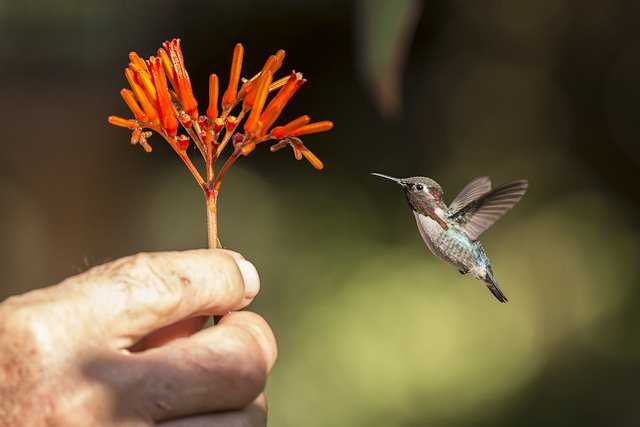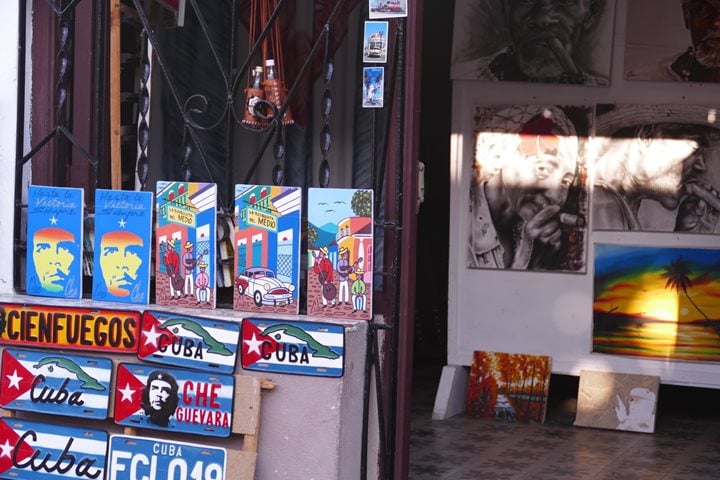The DER below is from the expedition to Cuba that began on February 1, 2017.
Today we divided into two groups to explore different aspects of the Zapata peninsula; some of us woke up very early in order to go birding in the famous Zapata Swamp National Park, located a bit more than one hour away by car from the city of Cienfuegos. Others enjoyed a more civilized start and headed in the same direction to the Bay of Pigs Museum to learn about the famous invasion intent of Cuban-Americans backed-up by the CIA that was repelled in less than 72 hours by Castro's army in April of 1961.
The Zapata Swamp National Park is one of the best places in Cuba to see a big number of the bird species endemic to the island plus many more; we arrived shortly after sunrise and met our local expert who immediately showed us a variety of gorgeous birds. Within minutes of getting out of the bus we were already watching and taking pictures of several species that only live in Cuba, including the highly endangered and absolutely beautiful blue-headed quail-dove; gray-fronted quail doves, greater Antillean grackles and ovenbirds were also seen during the first few minutes. Then our guide called our attention to a bird call coming from above our heads and we all got the chance to admire the beauty of Cuba's national bird, the Cuban trogon! Its red, iridescent blue and white feathers are reminiscent of the Cuban flag. We continued our walk around the area watching numerous species and were very lucky to see the two owl species endemic to the island within 10 minutes, the Cuban pygmy owl and the bare-legged owl!
By mid-morning we all arrived to Punta Perdiz for snorkeling in the clear and calm waters of the Bay of Pigs. At a temperature of 80o F the seawater was delicious and we had a great time snorkeling and exploring the coral reef with healthy stands of elkhorn, staghorn and many more other species of hard and soft corals. A great variety of sponges of all colors and shapes and many fish species were everywhere, including yellowtail snappers, spotlight parrotfishes, blue tangs, spotted goatfishes and four-eyed butterflyfishes.
After having enjoyed a delicious lunch at a local restaurant we headed toward the small town of Pálpite where the Korimakao Community Project regaled us with a show by the young dancers, musicians and other artists that study there. After the show, we walked a short distance away to the house of a local family that have been feeding hummingbirds in their backyard during the past eleven years. Both species of Cuba resident hummingbirds were present and we all had the chance to admire the beauty of the Cuban emerald and marvel at the diminutive bee hummingbird, the world's smallest bird. A couple of true living jewels that put a smile on everyone's faces.







